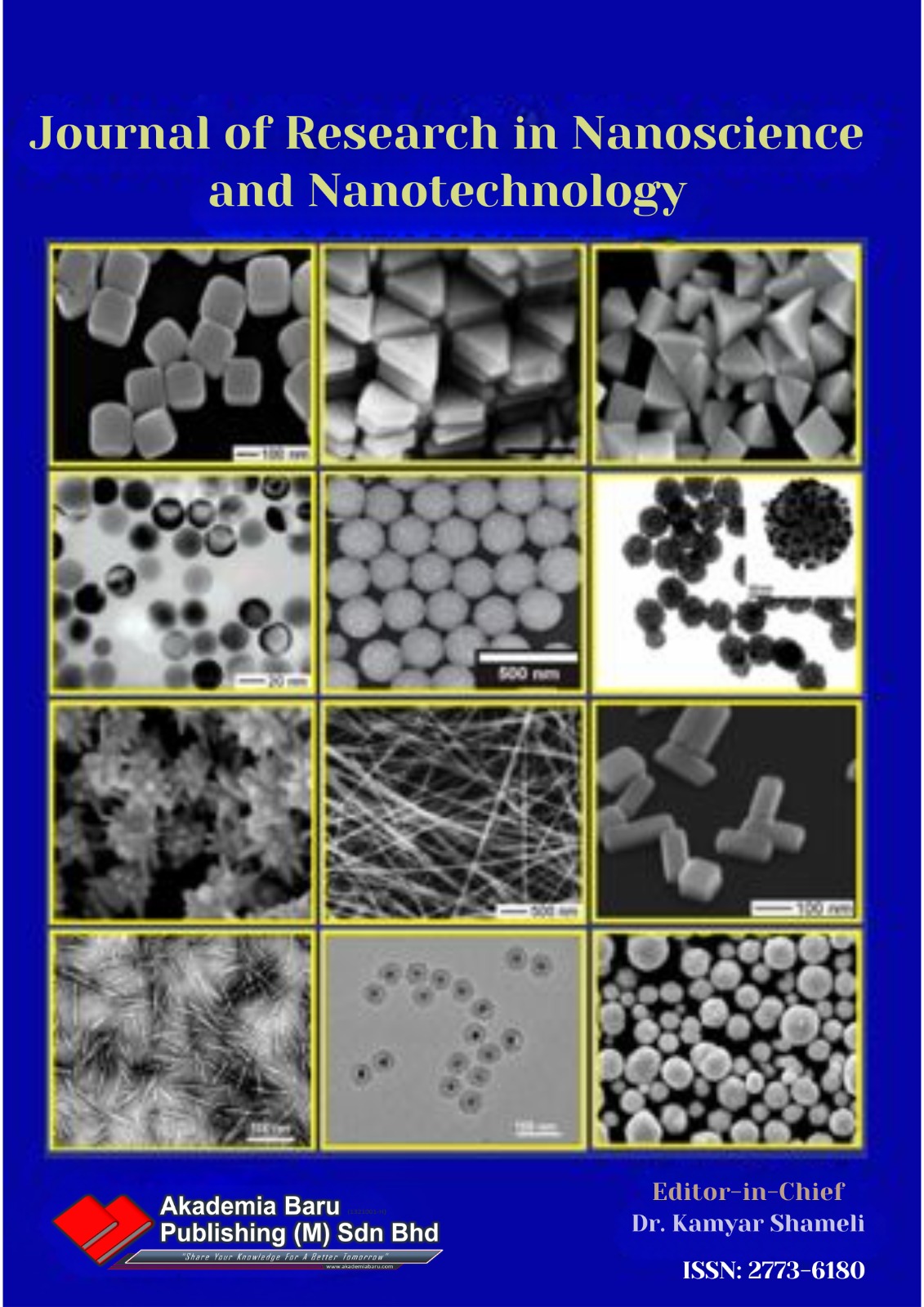Strategic Materials and Technological Pathways for Hydrogen Integration in the Net-Zero Transition
Keywords:
Green hydrogen, intermetallic hydrides, net-zero transition, mechanosynthesis, rare-earth substitution, energy storage, sustainable aviationAbstract
The global transition to a net-zero economy by 2050 hinges on the integration of hydrogen as a clean energy vector. This report examines the multifaceted role of hydrogen, from production through renewable-powered electrolysis to advanced storage solutions, with a focus on material innovations. We analyze the technological challenges of hydrogen adoption, including the development of intermetallic hydrides (e.g., LaMg2Ni9-type alloys) for high-density storage and the substitution of critical metals like nickel with sustainable alternatives (e.g., aluminum). Emerging mechanosynthesis techniques for nanostructured alloys are highlighted as a breakthrough for immiscible-element systems. However, scaling hydrogen infrastructure faces barriers, including the energy-intensive extraction of rare-earth metals and unresolved recycling protocols. This overview synthesizes current advancements and gaps to outline a roadmap for hydrogen’s sustainable deployment in energy grids and carbon-neutral transportation.










